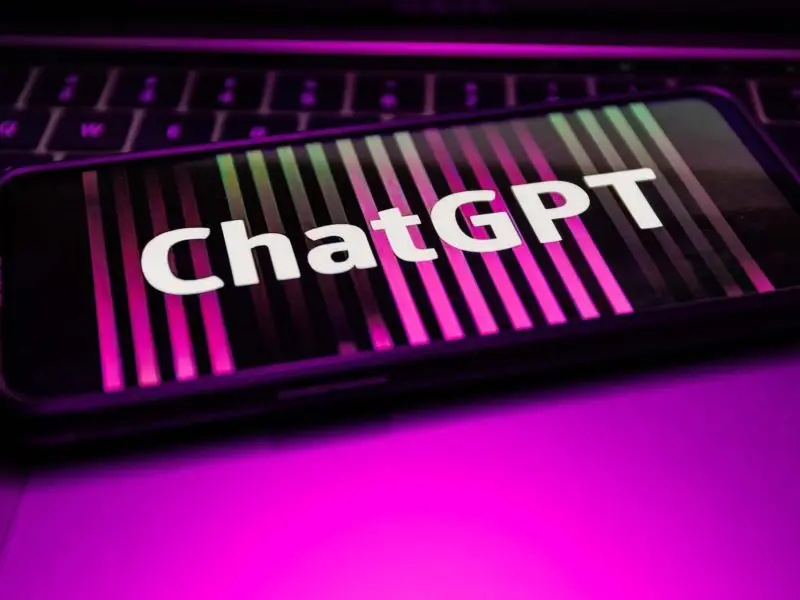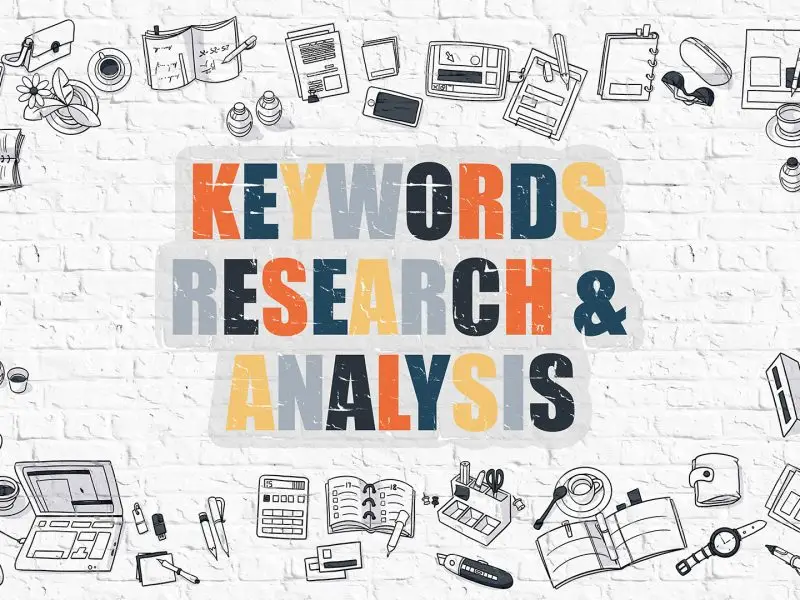What Should Be Included in an Email Campaign?
Email marketing remains one of the most effective digital marketing strategies, offering direct communication with your audience, high return on investment (ROI), and personalisation opportunities. Unlike social media or paid advertising, email campaigns allow businesses to connect directly with their subscribers, providing tailored content that nurtures relationships, drives conversions, and builds brand loyalty.
According to OptinMonster, 80% of small and midsized businesses say that email marketing is their most important online tool for customer retention. That’s because you can use email campaigns to send your existing customers:
- Special offers and exclusive deals
- Personalised recommendations
- Engaging educational content
- Invitations to upcoming events
- Customer satisfaction surveys
Pitfalls of Email Marketing
While email marketing offers numerous benefits, it also comes with challenges. Some common pitfalls include:
- Spam Filters – Overuse of promotional language or excessive links can trigger spam filters, preventing emails from reaching the inbox.
- Low Engagement Rates – Poorly targeted emails or irrelevant content can lead to low open and click-through rates.
- Unsubscribes & Complaints – Sending too many emails or failing to provide valuable content can result in high unsubscribe rates or even spam complaints.
- Deliverability Issues – Not using proper authentication (SPF, DKIM, DMARC) can cause email providers to block your messages.
- Compliance Risks – Failing to adhere to GDPR can result in penalties and loss of trust.
This article covers the essential elements of a successful email campaign, from defining your goals and optimising content to improving deliverability and engagement. By following these best practices, you can maximise the impact of your email marketing efforts and avoid common pitfalls.
Define Your Goals
Before launching an email campaign, it’s crucial to establish clear objectives. Ask yourself what you want to achieve—brand awareness, increased sales, customer retention, or lead nurturing.
There are various types of email campaigns, including:
- Newsletters – Sharing company updates, industry insights, or educational content.
- Event Invitations – Promoting webinars, product launches, networking opportunities, open day events or exclusive promotional events.
- Educational Content – Providing valuable knowledge, such as guides, tutorials, or myth busting content.
- Product or Service Highlights – Showcasing new offerings, promotions, explaining services, or seasonal discounts.
- Customer Retention Emails – Re-engaging previous customers with special offers, educational content, new products or services or personalised recommendations.
- Sharing Case Studies – Demonstrating success stories or client testimonials to showcase your expertise and build trust. This type of email can highlight how your products or services have helped businesses achieve their goals, making it an excellent tool for lead conversion.
Set measurable key performance indicators (KPIs) to evaluate success, such as open rates, click-through rates (CTR), and conversion rates.

What Should Be Included in an Email Campaign?
- Subject Line
The subject line is your email’s first impression and determines whether it gets opened. It should be concise, compelling, and relevant to the content. Aim for around 25 characters to ensure visibility across devices. Avoid excessive punctuation or all caps, as these can trigger spam filters. A/B testing different subject lines helps determine what resonates best with your audience.
- Preheader Text
The preheader text provides a brief preview of your email’s content and complements the subject line. This snippet should encourage recipients to open the email. Keep it under 90 characters for optimal display.
- Call to Action (CTA)
A strong CTA directs recipients towards the desired action, such as visiting your website, making a purchase, or signing up for an event. Use action-oriented language and ensure the CTA stands out visually with contrasting colours or buttons. Keep the CTA concise, typically between two to four words.
- Contact Information, Relevant Website Links, and Social Links
Include clear contact details such as your company’s address, phone number, and email address. Adding links to your social media profiles encourages recipients to connect with you across platforms, enhancing engagement. Add website links to key pages, think of it as a version of your website’s navigation menu at the bottom of your email.
- Unsubscribe Option
To comply with legal regulations such as GDPR, include a visible unsubscribe link. This maintains a positive brand reputation and respects recipients’ preferences.
- Mobile-Friendly Design
Since a significant number of users access emails on mobile devices, ensure your email design is responsive. Use a single-column layout, larger fonts, and appropriately sized buttons for better usability across various screen sizes.
Optimal Email Timing and Frequency
According to Adobe’s Business Blog, data-driven insights indicate that the best days for email engagement are Tuesday, Wednesday, and Thursday, with mid-morning (8–10 AM) and early afternoon (2–3 PM) being the most effective windows. These timings align with typical work schedules, ensuring that emails reach recipients when they are most likely to check their inboxes.
Finding the Right Frequency
Striking the right balance in email frequency is equally important. Sending too many emails can overwhelm subscribers and lead to high unsubscribe rates, while sending too few can result in low brand recall and engagement. Best practices include:
- Segmented Frequency: More engaged users may receive emails more frequently, while inactive subscribers should be targeted with re-engagement campaigns.
- Behaviour-Based Cadence: Monitoring open and click-through rates can help determine the optimal frequency for different audience segments.
- A/B Testing Send Times: Experimenting with different days and times can help businesses refine their approach and identify the best-performing schedule.
By aligning your email timing and frequency with audience behaviour and industry trends, you can enhance engagement, improve deliverability, and maximise ROI.

Email Accessibility
Ensuring your emails are accessible to all recipients, including those with disabilities, is crucial for broadening your reach. Consider the following:
- Alt text for images – Provides context for visually impaired users using screen readers.
- Clear and legible fonts – Use a readable font size (at least 14px) with sufficient colour contrast.
- Descriptive links – Instead of using “Click here,” describe the action, such as “Download our free guide.”
- Keyboard navigability – Ensure interactive elements like buttons and links are accessible via keyboard navigation.
Know Your Audience
Segmenting your email list ensures you deliver relevant content to different groups within your audience. Consider segmentation based on:
- Demographics (age, location, industry)
- Buying Cycle (repeat, new and potential customers)
- Engagement Levels (active vs. inactive subscribers)
Use buyer personas to craft targeted messages that resonate with your audience.
Build a Quality Email List
Growing an organic email list is key to maintaining engagement. Avoid purchasing email lists, as these often lead to low open rates and high unsubscribe rates. Instead, focus on organic growth strategies:
- Lead Magnets – Offer e-books, discounts, or exclusive content in exchange for email sign-ups.
- Double Opt-In – Ensure subscribers confirm their sign-up to maintain a highly engaged audience.
Write Engaging Email Content
- Concise and scannable format (short paragraphs, bullet points)
- Clear and compelling CTA that stands out
- Value-driven messaging – Focus on what’s in it for the reader rather than what you want to tell them – often two very different things.
Design for Impact
Your email should be visually appealing and aligned with your brand identity. Key design elements include:
- Mobile-friendly layout
- Consistent branding (colours, fonts, logo)
- High-quality images and interactive elements (buttons, videos, GIFs)
Optimise for Deliverability
Avoid spam triggers and ensure your emails reach the inbox by:
- Avoiding spammy words (e.g., “free,” “limited time,” “urgent”)
- Authenticating your domain with SPF, DKIM, and DMARC
- Testing emails before sending on platforms like Gmail, Outlook, and mobile devices
A/B Testing and Optimisation
Optimise your campaigns by testing:
- Subject lines, sender names, and content styles
- Different CTAs to see what drives higher engagement
- Key metrics such as open rate, click rate, and conversion rate
Use insights from A/B testing to refine future campaigns.
Automate and Personalise
Leverage email automation tools such as Constant Contact to streamline campaigns. Consider:
- Drip campaigns for lead nurturing
- Trigger-based emails (welcome series, abandoned cart reminders)
- Personalised recommendations based on user behaviour
Analyse and Improve
After sending your campaign, review performance reports and adjust your strategy based on insights. Key steps include:
- Assessing open rates and engagement metrics
- Adjusting sending times and content tone
- Continuously experiment, test and measure
Email marketing remains a powerful tool for businesses looking to engage their audience effectively. By defining goals, crafting compelling content, optimising design, and continuously analysing performance, you can maximise the impact of your email campaigns.
Struggling to make your email marketing work for your business? Let The Last Hurdle take your campaigns to the next level! Our expert team specialises in crafting targeted, high-converting email strategies that drive engagement and results. Contact us on 01604 654545 or email hello@thelasthurdle.co.uk today to start boosting your business with effective email marketing!





